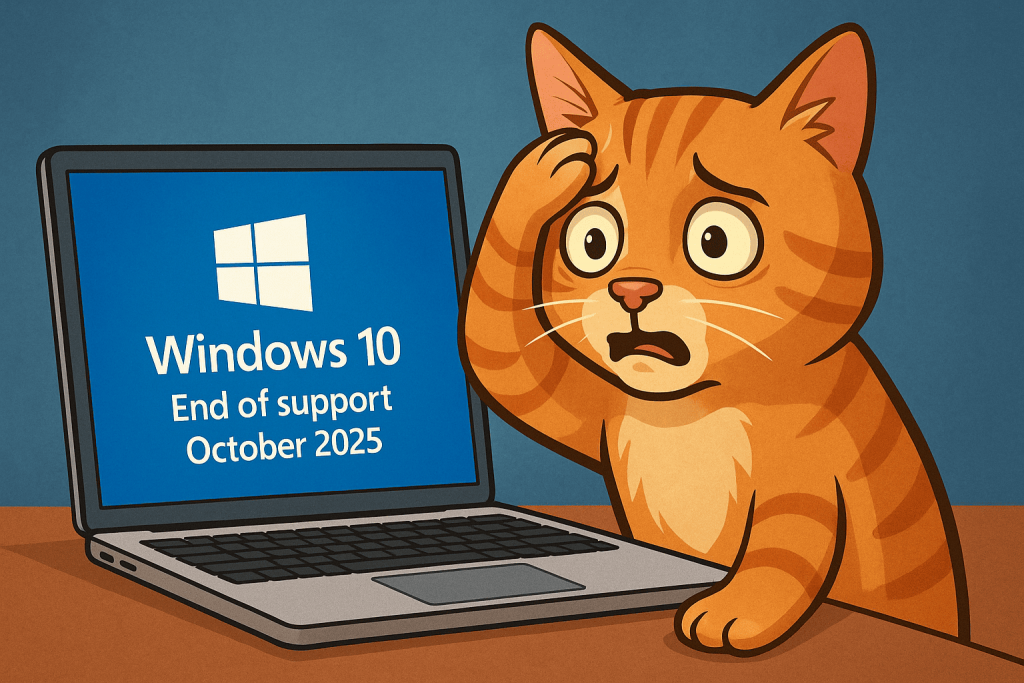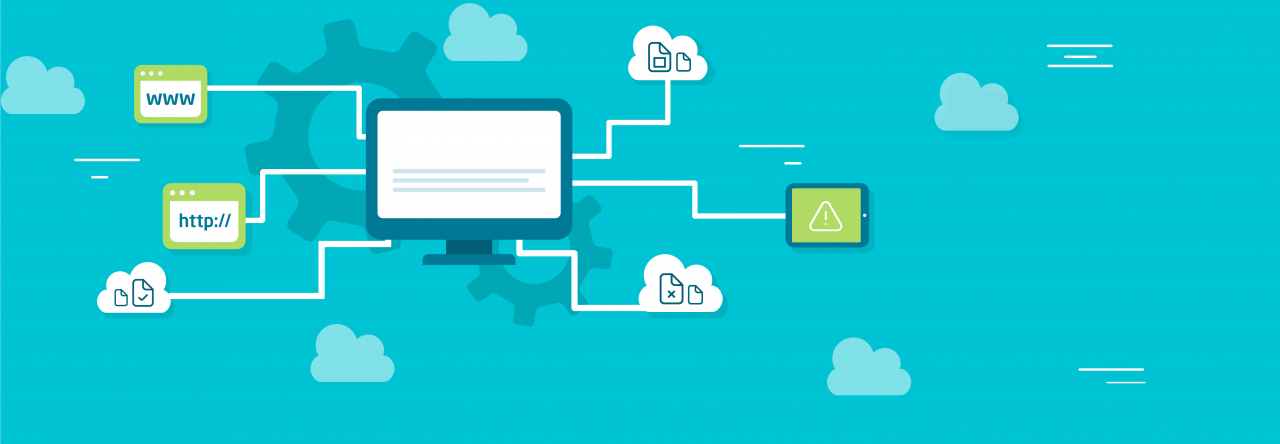
On October 14, 2025, Microsoft will officially end support for Windows 10. For millions of users and businesses worldwide, this marks the end of an era: system security, stability, and compatibility will no longer be guaranteed.
According to StatCounter, in 2024 Windows 10 accounted for over 55% of PC usage in Ukraine. This means hundreds of thousands of companies and individuals will need to decide what to do next.
In this article, we will explain what the end of support actually means, what risks it brings, and what migration options are available. We will also look at how to leverage modern infrastructure solutions from RX-NAME to avoid problems and keep your business secure.
What Does the End of Windows 10 Support Mean?
Extended Support ends: after October 14, 2025, Microsoft will no longer release security updates, patches, or provide technical support.
No security patches: every new vulnerability will remain open for hackers.
Incompatibility with new software: over time, developers will stop optimizing their applications for Windows 10.
Compliance issues: for companies handling personal or financial data, using an outdated OS could violate security standards.
Business Risks After Windows 10
Rise in cyberattacks
Hackers actively exploit vulnerabilities in old systems. In Ukraine, cyberattacks increased by more than 40% in 2024 (according to the State Service of Special Communications).
Financial losses
A breach may lead to data leaks and fines for violating GDPR or other regulations.
Loss of customer trust
Running outdated systems undermines the credibility of your company.
Higher maintenance costs
Finding specialists to support obsolete systems will become more expensive.
What to Do After Windows 10 Support Ends
1. Upgrade to Windows 11
- Modern computers already support Windows 11.
- Guaranteed security updates and new features.
- But: hardware requirements may force you to upgrade devices.
Windows 10 will still function, but without updates your PC will be vulnerable to threats. The best option is to install a supported version of Windows. A new device running Windows 11 ensures an easy transition and a smooth user experience.
2. Consider Linux
- A free alternative for businesses.
- Well-suited for servers and web applications.
- But: requires skilled administrators.
3. Move to Virtual Servers
- Migrating to a VPS or dedicated environment is more reliable than running outdated PCs on Windows 10.
Cybersecurity After Windows 10
- Use SSL/TLS certificates for your websites.
- Implement multi-layer protection (2FA, tokenization).
- Perform regular backups — both to local servers and the cloud.
- Keep other software updated, even if the OS is outdated.
Many users wonder whether it is possible to continue using Windows 10 after October 2025. Technically, yes — the system will keep running. However, without security updates, every computer becomes an easy target for hackers and malware. For example, Microsoft Office will also continue to work, but new versions will gradually lose support on this platform, creating issues for businesses.
Some companies may consider switching to Linux. This is a great option for server workloads, web services, or development. However, in fields that require accounting or industry-specific software, it is usually more convenient to upgrade workstations to Windows 11.
For small businesses, VPS or dedicated servers are worth considering. They help reduce the load on local machines, improve security, and protect customer data. A minimal strategy for companies is to upgrade critical PCs to Windows 11 and move essential services to a modern server environment such as VPS or dedicated solutions.
The end of Windows 10 support in October 2025 is both a challenge and an opportunity. Don’t wait until the last moment: start planning your transition to modern solutions today.
RX-NAME offers VPS servers, dedicated servers, and SSL certificates that will help your business operate safely, reliably, and efficiently after Windows 10.

Leave a Reply